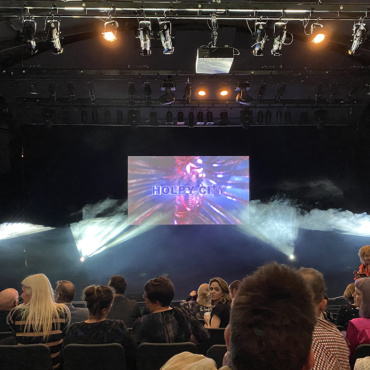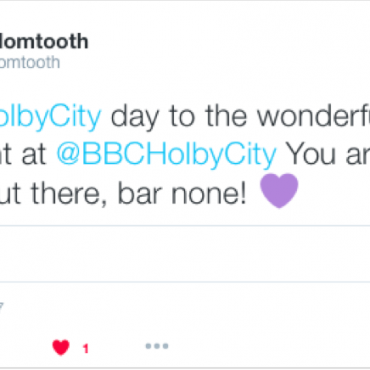I’ve been meaning to write something about Channel 4’s The Promise since it was broadcast in February. Notwithstanding that I thought it was a fantastic, well made, well acted television programme, the added layer of discussion that was encouraged around it made for a really compelling watch.
 Viewers were encouraged on air to use the #c4thepromise hashtag on Twitter and as questions began to build in my head about the background to the story – the history of Israel, Palestine, Gaza; Britain’s role in partition of Palestine; the bombing of the King David hotel in 1946… – I turned to Twitter to find others talking about all these subjects. This is a great example of interesting and new(ish) behaviour on Twitter – there are conversations springing up between people who aren’t following each other, but are following a specific hashtag. (Similar activity can be seen around #thearchers hashtag every Sunday morning when The Archers omnibus is broadcast.)
Viewers were encouraged on air to use the #c4thepromise hashtag on Twitter and as questions began to build in my head about the background to the story – the history of Israel, Palestine, Gaza; Britain’s role in partition of Palestine; the bombing of the King David hotel in 1946… – I turned to Twitter to find others talking about all these subjects. This is a great example of interesting and new(ish) behaviour on Twitter – there are conversations springing up between people who aren’t following each other, but are following a specific hashtag. (Similar activity can be seen around #thearchers hashtag every Sunday morning when The Archers omnibus is broadcast.)
After the first and last episodes of The Promise aired, Channel 4 used live blogging software, Cover It Live, to host a Q&A; with writer and director Peter Kosminsky. This gave viewers the chance to ask questions about the programme, and also gave Kominsky the opportunity to address criticisms of the show: namely whether the programme had a pro-Palestine bias – to which he responded: “If criticism of Israel becomes entirely synonymous with anti-Semitism it becomes almost impossible to attempt any kind of reasoned analysis of what is clearly one of the saddest and most intractable conflicts facing the human race today.”
The live Q&A; sessions and The Promise’s “Twitter Tracker” represent a great archive of the conversations and thoughts of viewers. It’s a valuable resource not just for broadcasters and programme makers, but also for those watching later (ie via DVD) or interested in accessible discussions around the history behind the programme.



